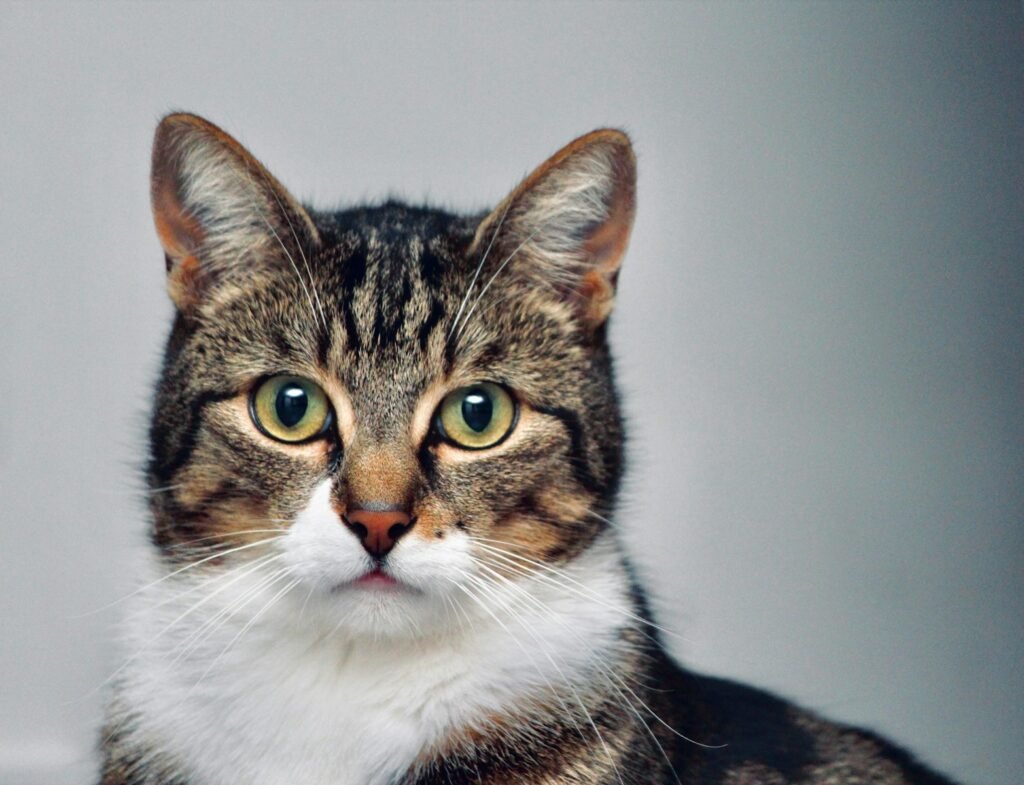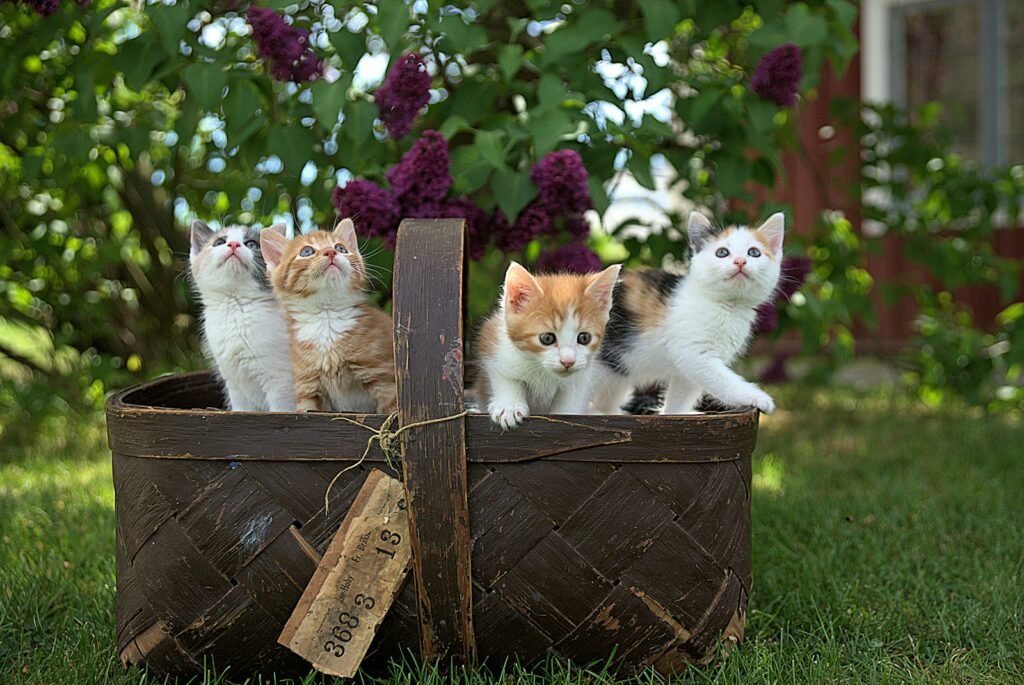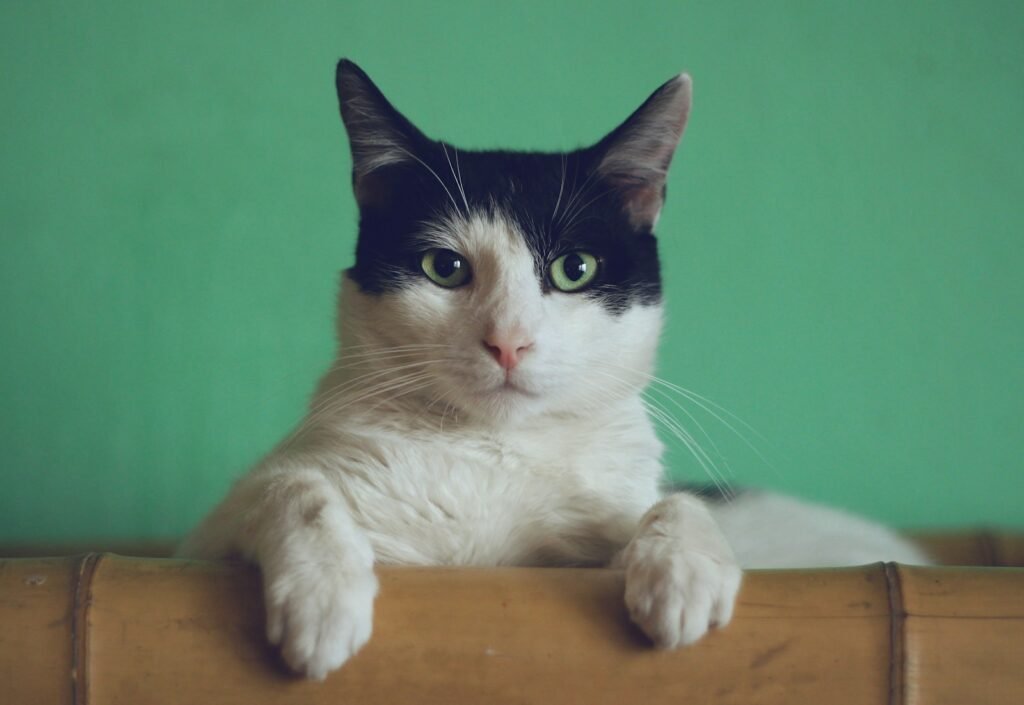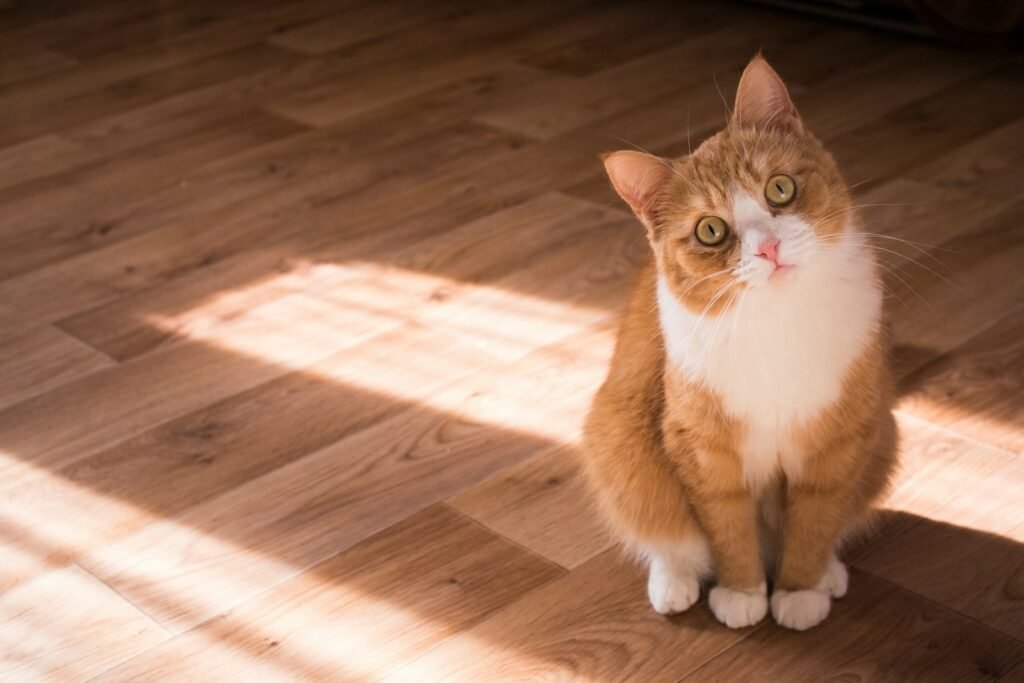Creating emotional consistency for your cat is an often-overlooked aspect of pet care. Have you ever wondered why your feline friend suddenly becomes aloof or overly affectionate? Cats, much like humans, thrive on emotional stability. Yet, many cat owners are unaware of how their actions and environment can affect their pet’s emotional well-being. In this article, we will explore how to foster a stable emotional environment for your cat, ensuring they feel secure and loved. Whether you’re a seasoned cat owner or new to the feline world, these insights will guide you in understanding your cat’s emotional needs.
Understanding Your Cat’s Emotional Needs

Cats are complex creatures with a wide range of emotions. They may not express themselves as openly as dogs, but their feelings are just as deep. Recognizing your cat’s emotional needs is the first step in providing consistency. Cats rely on routine and predictability; any disruption can lead to stress or anxiety. Observing their behavior closely can help you identify what makes them happy or distressed. For instance, a cat that meows excessively may be seeking attention or feeling lonely. By understanding these cues, you can tailor your actions to suit their emotional needs.
Creating a Safe and Comfortable Environment

A cat’s environment plays a crucial role in their emotional well-being. Providing a safe and comfortable space can make a significant difference. Ensure that your home has cozy spots where your cat can retreat when they need quiet time. Cats love to perch, so having a cat tree or high shelves can give them a sense of security. Additionally, consider the placement of their litter box, food, and water bowls. These should be in easily accessible locations to prevent any unnecessary stress. A well-arranged environment can help your cat feel more at ease and emotionally balanced.
The Power of Routine
Routine is a powerful tool in creating emotional consistency for your cat. Cats are creatures of habit, and they find comfort in knowing what to expect. Establishing a daily routine for feeding, playtime, and even sleeping can help your cat feel secure. Try to feed your cat at the same time every day and set aside specific times for play and bonding. Consistent routines can reduce anxiety and help your cat trust their environment. Remember, changes to their routine should be gradual to prevent any emotional upheaval.
Building a Strong Bond
A strong bond with your cat can enhance their emotional stability. Spend quality time with your feline friend, engaging in activities they enjoy. Whether it’s playing with a toy or simply sitting together, these moments can strengthen your connection. Cats appreciate gentle petting and soft-spoken words, which can reassure them of your love. Building trust takes time, but the rewards are immeasurable. A cat that feels loved and secure is more likely to exhibit consistent behavior and emotions.
Recognizing Signs of Stress or Anxiety
Being able to recognize signs of stress or anxiety in your cat is essential. Common signs include hiding, aggressive behavior, or changes in appetite. If you notice any of these behaviors, it’s crucial to address the underlying cause. Stress can stem from various factors, such as changes in the household, new pets, or even boredom. Identifying the root cause can help you take appropriate action to alleviate your cat’s anxiety. Sometimes, simple changes like providing more playtime or a quiet space can make a world of difference.
Using Positive Reinforcement
Positive reinforcement is an effective way to encourage desirable behavior and emotional stability in your cat. Rewarding your cat with treats, praise, or affection when they exhibit calm and consistent behavior can reinforce these traits. Cats respond well to positive reinforcement, and it can help them feel more secure and confident. Avoid punishing your cat for undesirable behavior, as this can lead to fear and stress. Instead, focus on rewarding good behavior to create a harmonious and emotionally stable environment.
The Importance of Play and Enrichment

Play and enrichment are vital for your cat’s emotional well-being. Regular play sessions can provide mental stimulation and physical exercise, which are essential for a happy cat. Toys that mimic prey, like feather wands or laser pointers, can engage your cat’s natural instincts. Additionally, providing puzzle feeders or interactive toys can challenge their minds and prevent boredom. Enrichment activities can reduce stress and promote emotional consistency, ensuring your cat remains content and balanced.
Seeking Professional Help When Needed

Sometimes, despite your best efforts, your cat may continue to exhibit signs of emotional distress. In such cases, seeking professional help from a veterinarian or animal behaviorist can be beneficial. These experts can provide insights into your cat’s behavior and offer solutions tailored to their needs. Whether it’s a medical issue or a behavioral concern, professional guidance can help address the root cause of your cat’s emotional inconsistency. Remember, seeking help is a proactive step in ensuring your cat’s happiness and well-being.
In conclusion, creating emotional consistency for your cat requires understanding, patience, and a little bit of effort. By recognizing their emotional needs, providing a safe environment, and building a strong bond, you can ensure your cat feels secure and loved. Remember, a happy cat is a consistent cat, and the joy they bring is well worth the effort.

Growing up traveling and experiencing new cultures and wonders, I have had a passion for nature, adventuring, photography, and videography. I am currently working towards a BSc in Biodiversity and Ecology at Stellenbosch University, and I hope to specialise in Marine Sciences one day.
Please send any feedback to Feedback@animalsaroundtheglobe.com






